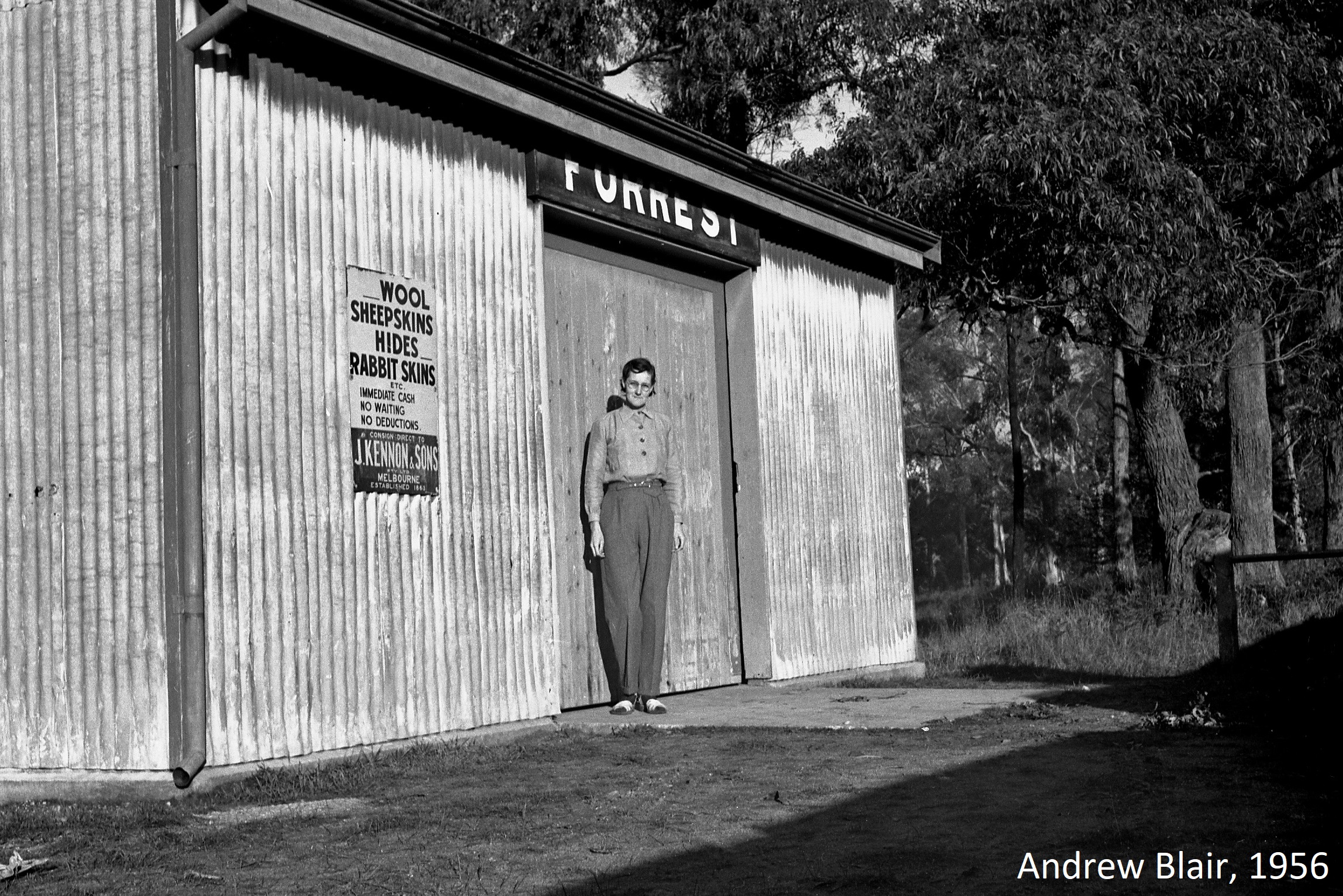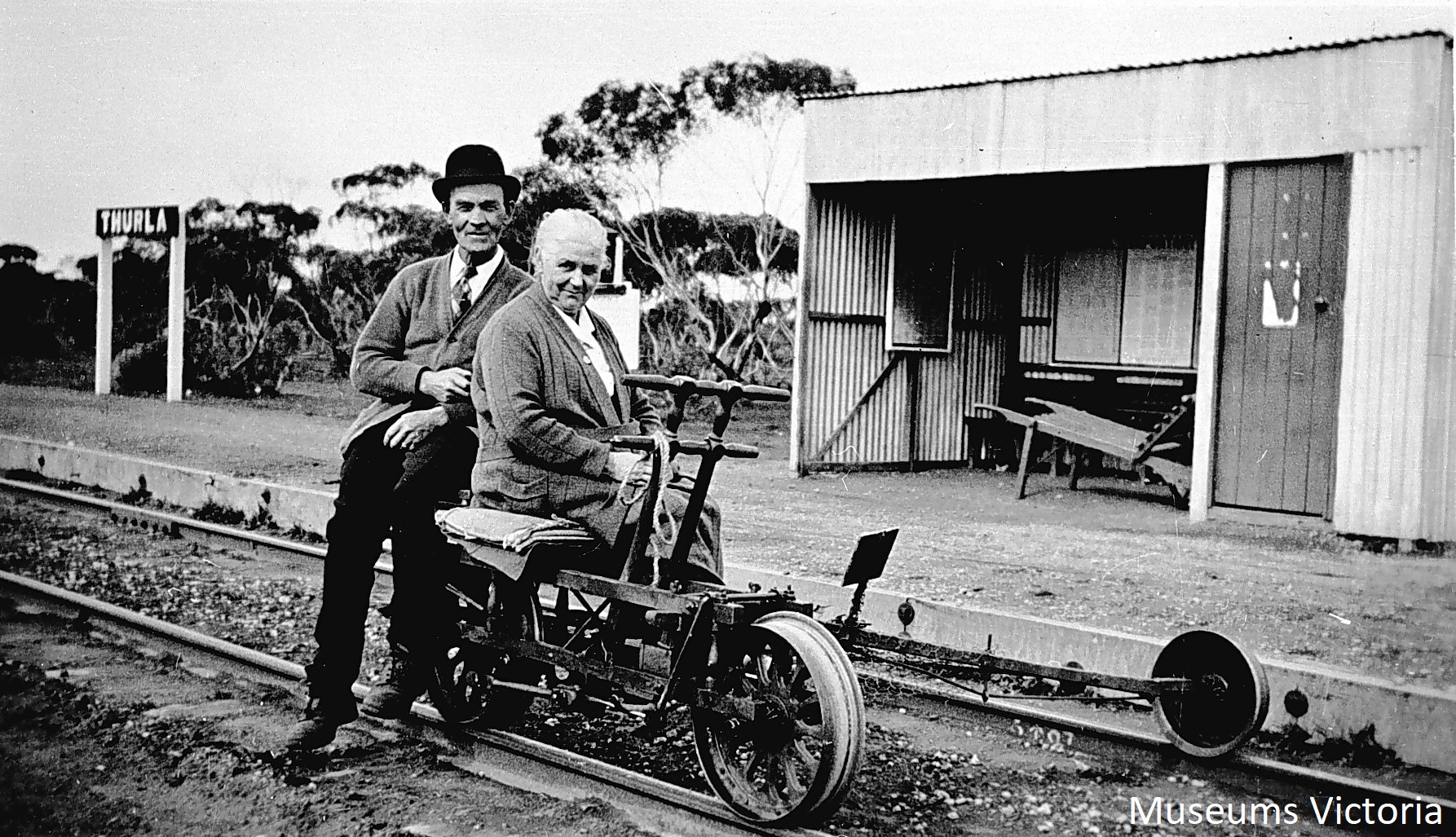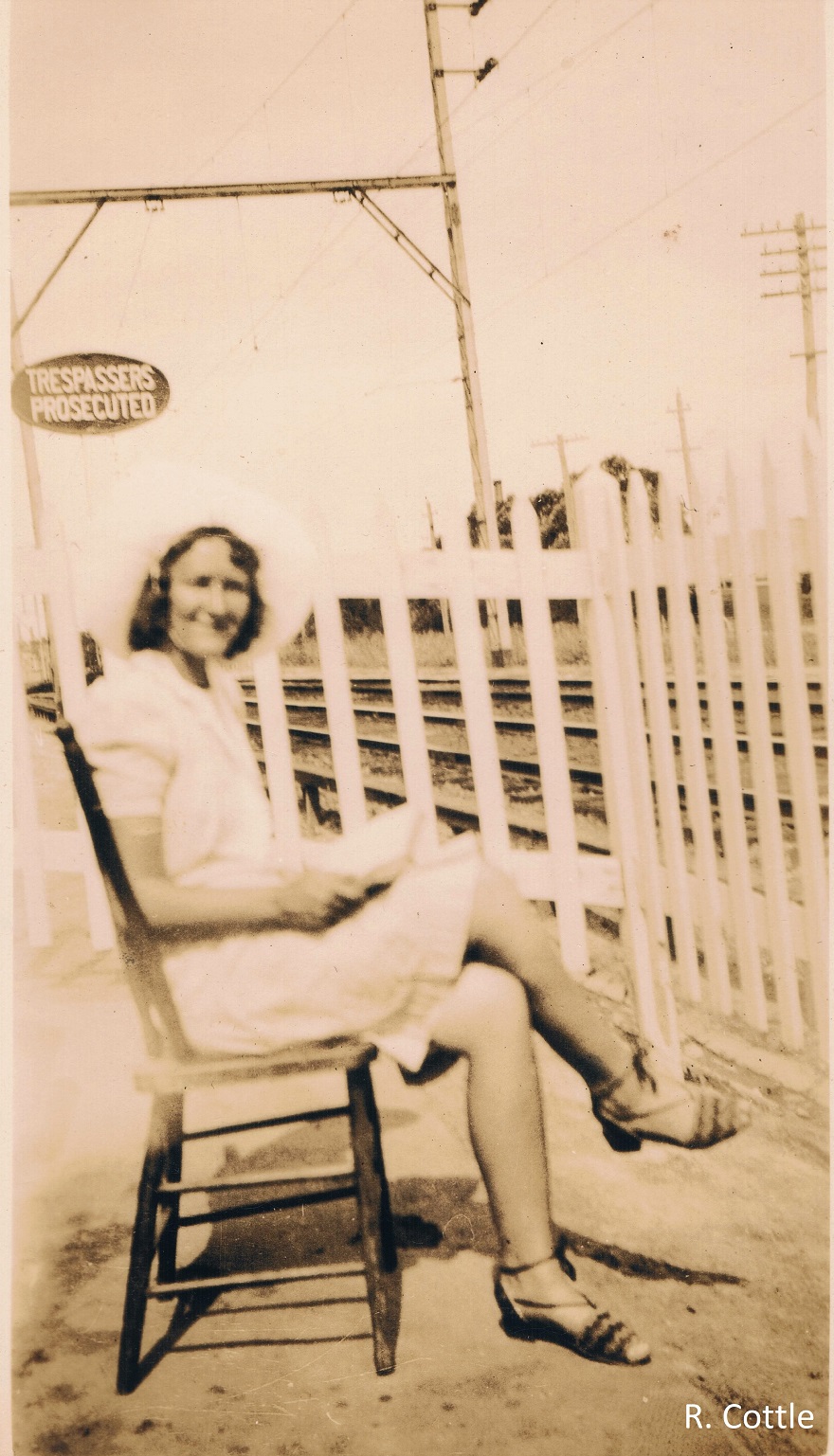On the 17th and 18th of September 2020, I attended the New Tracks in the History of Railways (NTiHoR) two day Twitter Conference. Presenters from all over the world shared papers on new research and study in the field of railways, in just 15 Tweets, anyone following the conference could comment or ask questions.
NTiHoR was my first conference since commencing my research and a fabulous opportunity to network with fellow railway historians and heritage practioners from across the globe.
The entire conference has been stitched into one thread, you can also search Twitter for @NTiHoR2020 or the hashtag #NTiHoR. The program included papers on the function of railways; railways and literature; the environment; and railways and leisure. Of particular interest to me was the panel on the railway workers, especially those which included women of the railways.
I presented a paper titled Who are the women of the VR? which gave a brief history of the employment of women in the Victorian Railways. I found the limitations of a Twitter conference, with just 15 Tweets of 280 characters to share my paper, challenging, especially when the women of the Victorian Railways have so many stories to share.
Here is my paper, as presented on the day. I received some fantastic feedback and welcome any new feedback or stories you may have of women of the Victorian Railways.
| 1/15 The Victorian Railways Department (VR) was established in 1856. An industry which predominantly employed men, the first recorded position for women in that year was a Housekeeper of the Department. The employement of Station Mistresses and Gatekeepers followed. #NTiHoR |  |
| 2/15 The Department declared the employment of women was a cost saving measure. Women were employed at stations where the volume of traffic & duties did not justify a Station Master. Local protests took place in response to the employment of women at some stations. #NTiHoR |  |
| 3/15 First recorded in Gazettes and newspapers as “Station Mistressses”, women were classifed by the VR as “Women-in-Charge” until 1906 when the position was reclassified. The Weekly Notice (9 Apr) stated that women in charge “are henceforth to be known as Caretakers”. #NTiHoR |  |
| 4/15 Caretakers attended to the consignment of local goods. They were supervised by a local Station Master & were not allowed to receive payment for goods. Mrs Margaret Angus, was the last caretaker at Forrest Station, which closed in 1957. #NTiHoR |  |
| 5/15 The women were usually wives of gangers or line-repairers, or widows of VR employees killed at work. They were paid a small wage (or none), & received free rent in a departmental residence. In country districts, women sometimes served as postmistress as well. #NTiHoR |  |
6/15 Kitty Windsor shared the job of gatekeeper with her mother. Kitty stopped traffic by holding up her hand then closed the heavy gates. She suffered chronic chilblains from working in cold weather. Kitty is my grandmother & inspiration for this research. #NTiHoR |   |
7/15 Gatekeeping was a dangerous job. Mrs Jessie Ann Robinson was killed in 1914 by a shunting train that smashed through the gates, decapitating her head. Miss Honora Ellen Brady was killed in 1918 after being struck while warning children of an approaching train. #NTiHoR |   |
8/15 The Refreshment Services Branch was formed in 1920 to take over the private dining, refreshment & kiosk services at all VR Stations & in dining cars. Waitresses went on strike in 1925 following a report which referred to them as ‘lazy, dirty & unmanageable’. #NTiHoR |  |
| 9/ 15 The 1920s saw the introduction of new office technology, including the use of “Powers” key-punch accountancy machines and duplicating machines. The mechanisation of these tasks meant that women were employed in administrative roles previously held by men. #NTiHoR |  |
10/15 In response to the recruitment of women, in Feb 1927, The Victorian Railways Magazine published a condescending article ‘The Railway Girl at Work & Play’, with cartoon by Angus Mac, suggesting a girl on the footplate would need extra time to touch up her make-up. #NTiHoR |  |
11/15 World War II created an acute ‘manpower shortage’. Women filled gaps created by railwaymen enlisting. The Women’s Employment Board made it possible for women to work as porters, ticket checkers, clerks, car cleaners & in engineering roles in railway workshops. #NTiHoR |  |
12/15 Prior to WWII about 800 women worked for the VR, this number was more than 1,800 by mid-war. ‘Women of Service: The Porter’ (Harold Freedman, 1947) was one of 8 posters commissioned by the VR soon after WWII, revering the service of VR staff at home during the war. #NTiHoR |  |
13/15 The position of Porter was renamed Station Assistant in 1957 to avoid confusion with a luggage attendant. An increase in women applied for the role in the 1970s. Sharon Hocken was placed at Mont Albert Station after just one week of training 1977. #NTiHoR |  |
14/15 Following the Equal Opportunity Act 1977 (Vic), in 1978, aged 17, Jenny Krenz became Australia’s first government employed trainee engineman and member of the Australian Federated Union of Locomotive Employees (AFULE). Jenny paved the way for women train drivers. #NTiHoR |  |
| 15/15 In 1979 Linda Kearns was the first woman to qualify as a Station Master and Signalman. She then became a Train Controller, an exclusively male position at the time. Today just over 27% of Victoria’s metropolitan rail service Metro employees are women. #NTiHoR |  |
Image Credits:
Andrew Blair, image of Forrest Station, 1956, image of Lancefield Station, 1956
Australian War Memorial, Women of Service [The Porter], Harold Freedman, 1947; ‘A Woman Railway Porter’ P00784.195
R. Cottle, image of Kitty Windsor, image of Kitty & Catherine Windsor (C)
Museums Victoria, Item MM 4048, MM 3642
Public Record Office Victoria VPRS 12903/P1 item 018/04
‘Railway Fatality‘, The Bendigo Independent, 16 Mar, 1914, p 6
State Library of Victoria H2011.20/80
‘Victorian Railways Employment of Women‘, The Express and Telegraph, 9 Dec 1893, p 5
VR Rail Ways April 1977, p 53; July 1978, p 99; October 1979, p 51